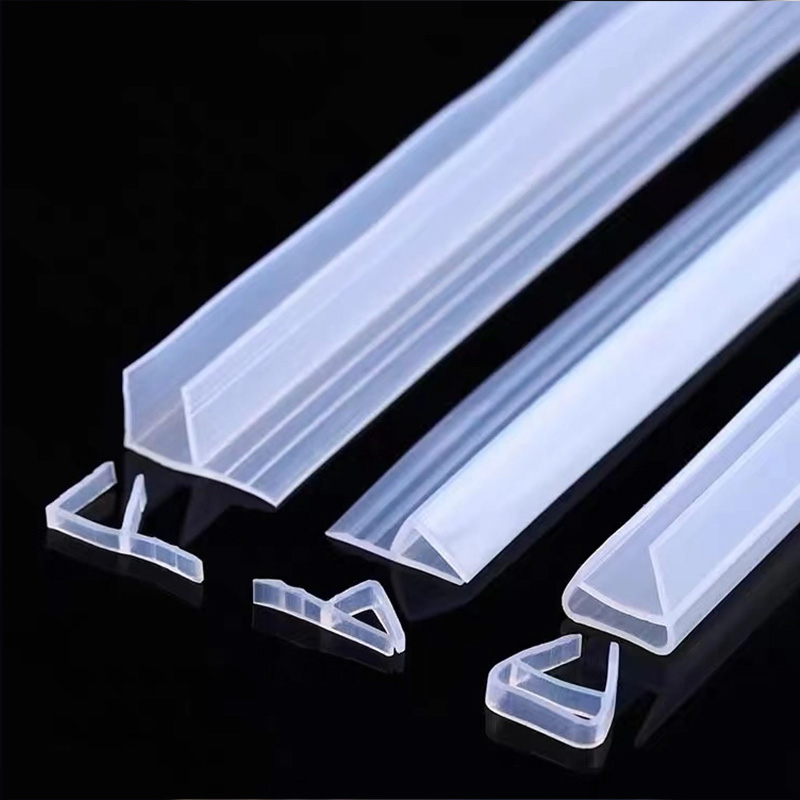indoor weather stripping
The Importance of Indoor Weather Stripping for Energy Efficiency
As we move towards more energy-efficient homes, one often overlooked yet crucial aspect is indoor weather stripping. This simple yet effective solution can significantly improve energy efficiency, enhance comfort, and reduce utility bills throughout the year.
Indoor weather stripping refers to sealing gaps and cracks in windows, doors, and other areas where indoor air may escape. When the weather turns chilly or hot, the last thing you want is for your conditioned air to slip out, causing your heating or cooling systems to work overtime. By applying weather stripping, you can maintain a consistent indoor temperature, ensuring your home remains cozy in the winter and cool in the summer.
One of the primary benefits of indoor weather stripping is energy conservation. According to the U.S. Department of Energy, air leaks can account for up to 30% of a home's heating and cooling energy use. By properly sealing these leaks, homeowners can substantially reduce their energy consumption. This not only saves money on utility bills but also lowers your carbon footprint, contributing to a more sustainable environment.
indoor weather stripping

Moreover, indoor weather stripping contributes to comfort. Drafts can create uncomfortable living conditions and lead to uneven temperatures throughout the home. Sealing gaps can help maintain a uniform temperature in all rooms, improving overall comfort for you and your family. Additionally, eliminating drafts can reduce the likelihood of mold and mildew, as excess humidity is often a byproduct of uneven temperatures and poor ventilation.
Installing weather stripping is a cost-effective and straightforward DIY project. Various materials, such as foam tape, V-strip, door sweeps, and caulk, are readily available at hardware stores. The choice of material depends on the specific area you are sealing. For example, flexible foam tape works well for windows, while door sweeps can be attached to the bottom of doors to block drafts effectively.
Regularly inspecting and maintaining your weather stripping is vital to ensure its effectiveness. Over time, materials can wear down or become damaged, leading to compromised seals. By periodically checking and replacing worn weather stripping, you ensure your home remains energy-efficient and comfortable.
In conclusion, indoor weather stripping is a simple yet powerful measure to enhance your home's energy efficiency. By sealing gaps and cracks, homeowners can enjoy a more comfortable living environment while reducing energy costs and their ecological footprint. As we strive for sustainability and efficiency, investing a little time and effort into weather stripping can yield significant long-term benefits. So, grab some weather stripping materials and take the first step toward a more energy-efficient home today!
Share
-
The Best Lubricants for Aluminum Roller GuidesNewsJul.23,2025
-
Slitting Machine Applications in the Packaging IndustryNewsJul.23,2025
-
Rolling Roller Balancing Techniques for Smooth OperationNewsJul.23,2025
-
How To Optimize An EV Battery Assembly LineNewsJul.23,2025
-
Energy Efficiency in Modern Battery Formation EquipmentNewsJul.23,2025
-
Automation Trends in Pouch Cell Assembly EquipmentNewsJul.23,2025







